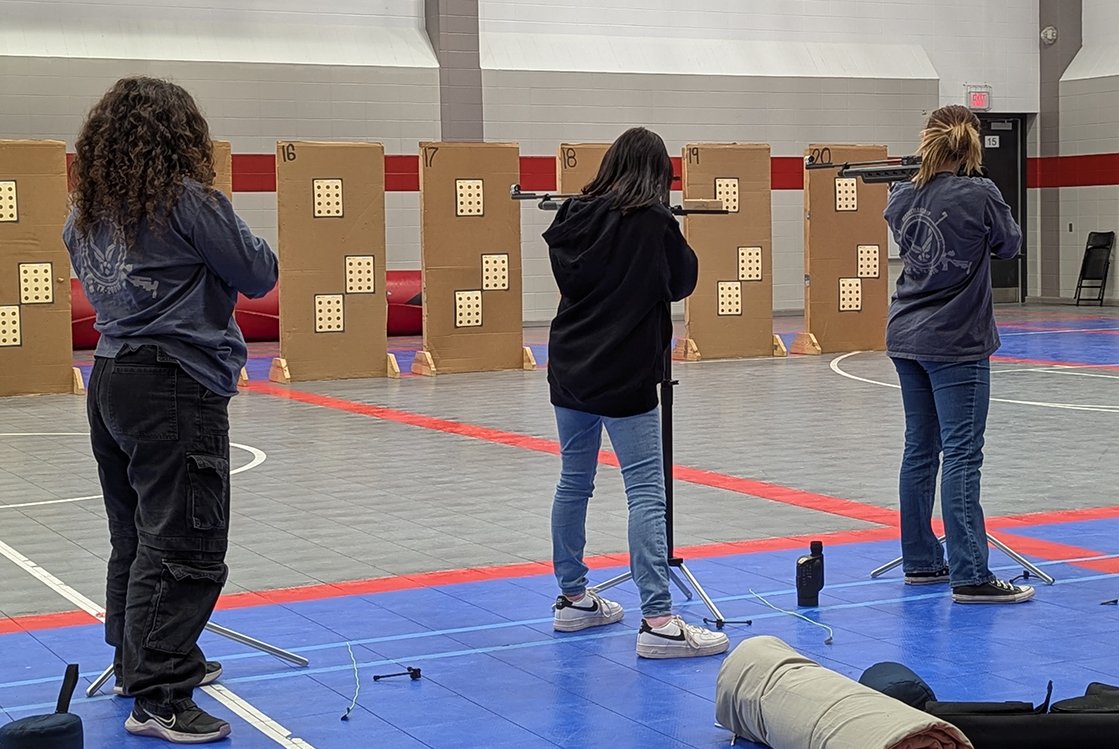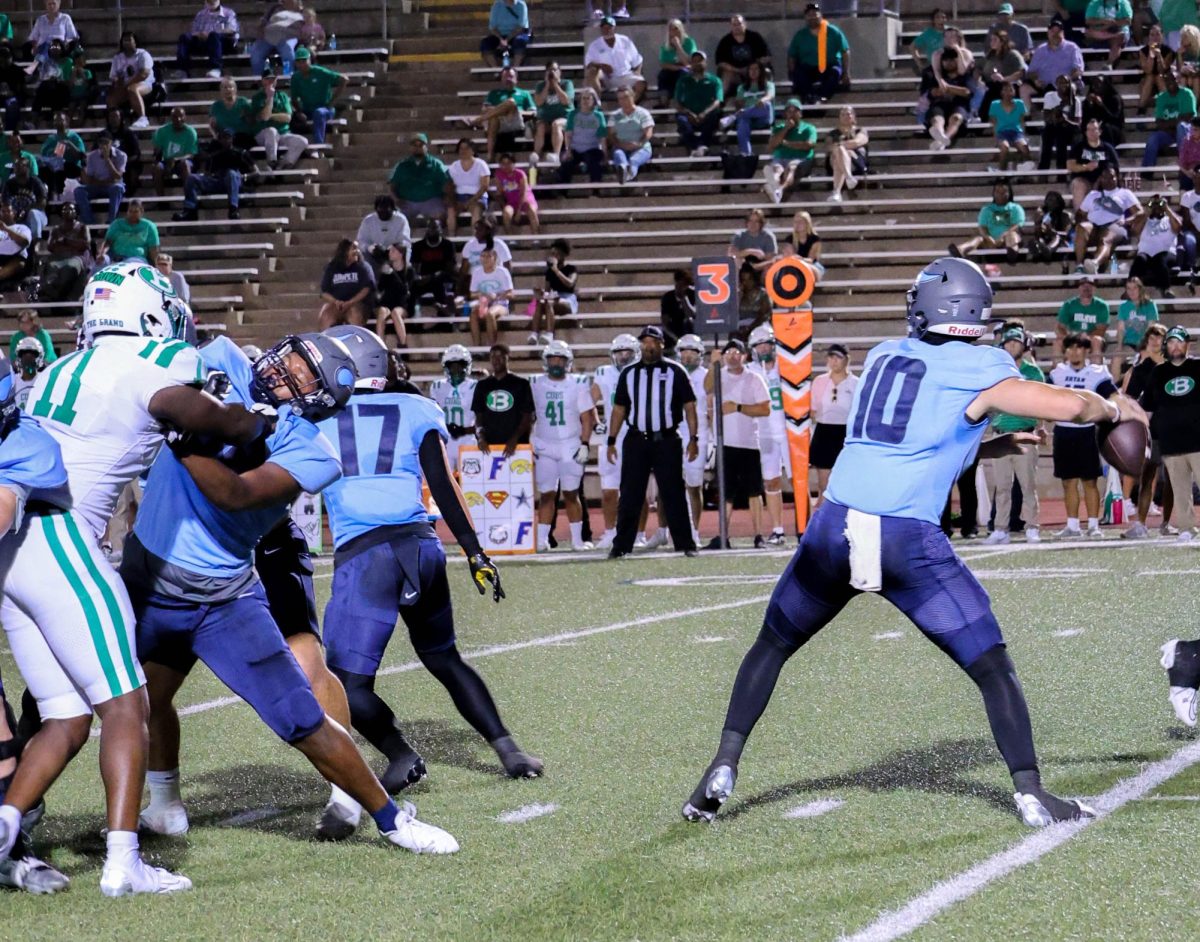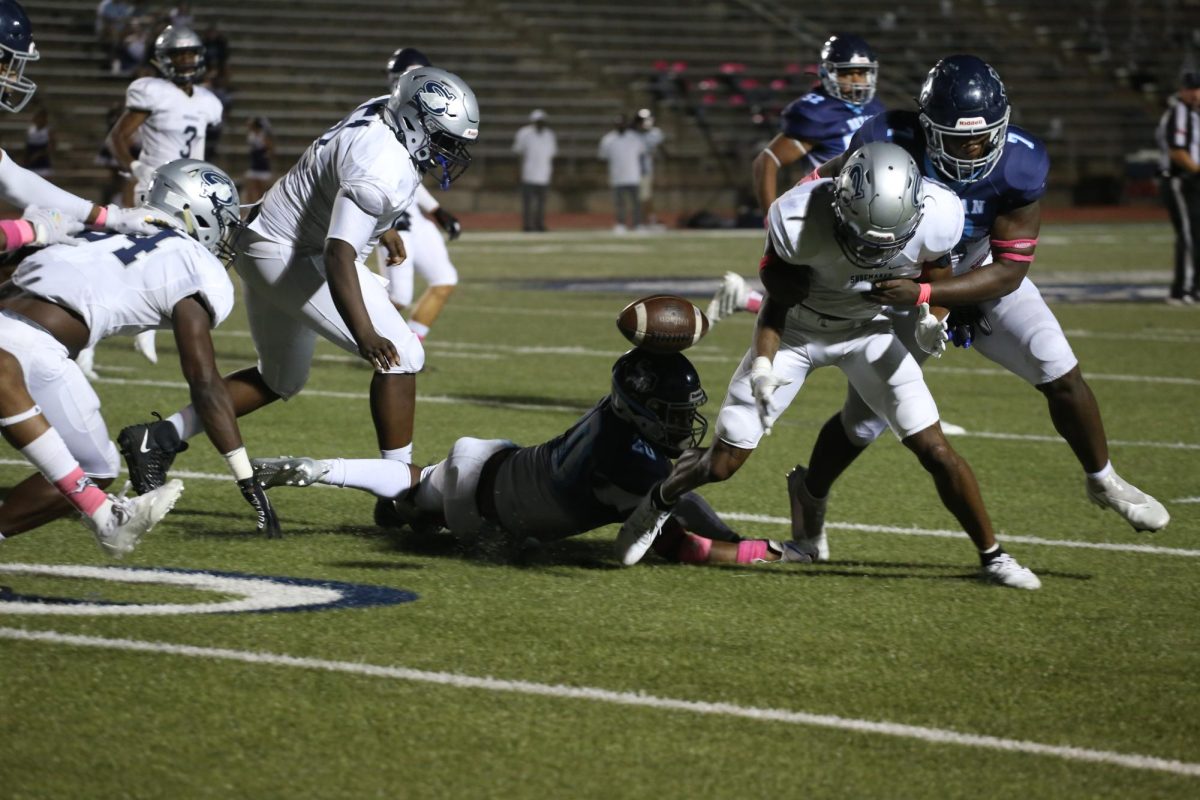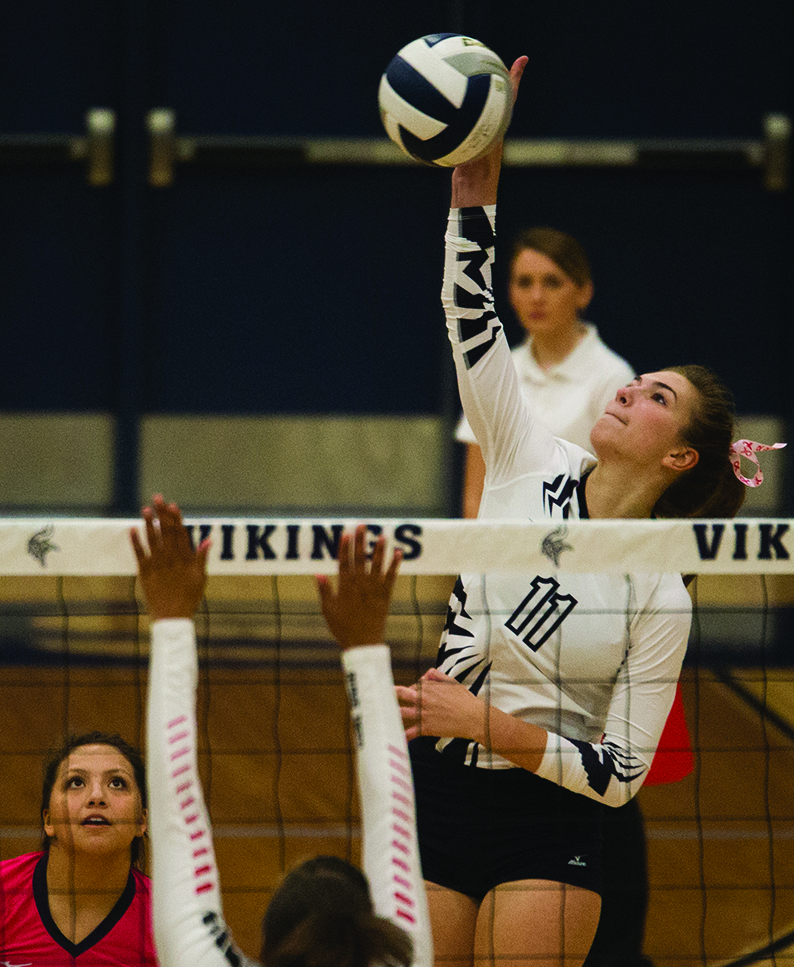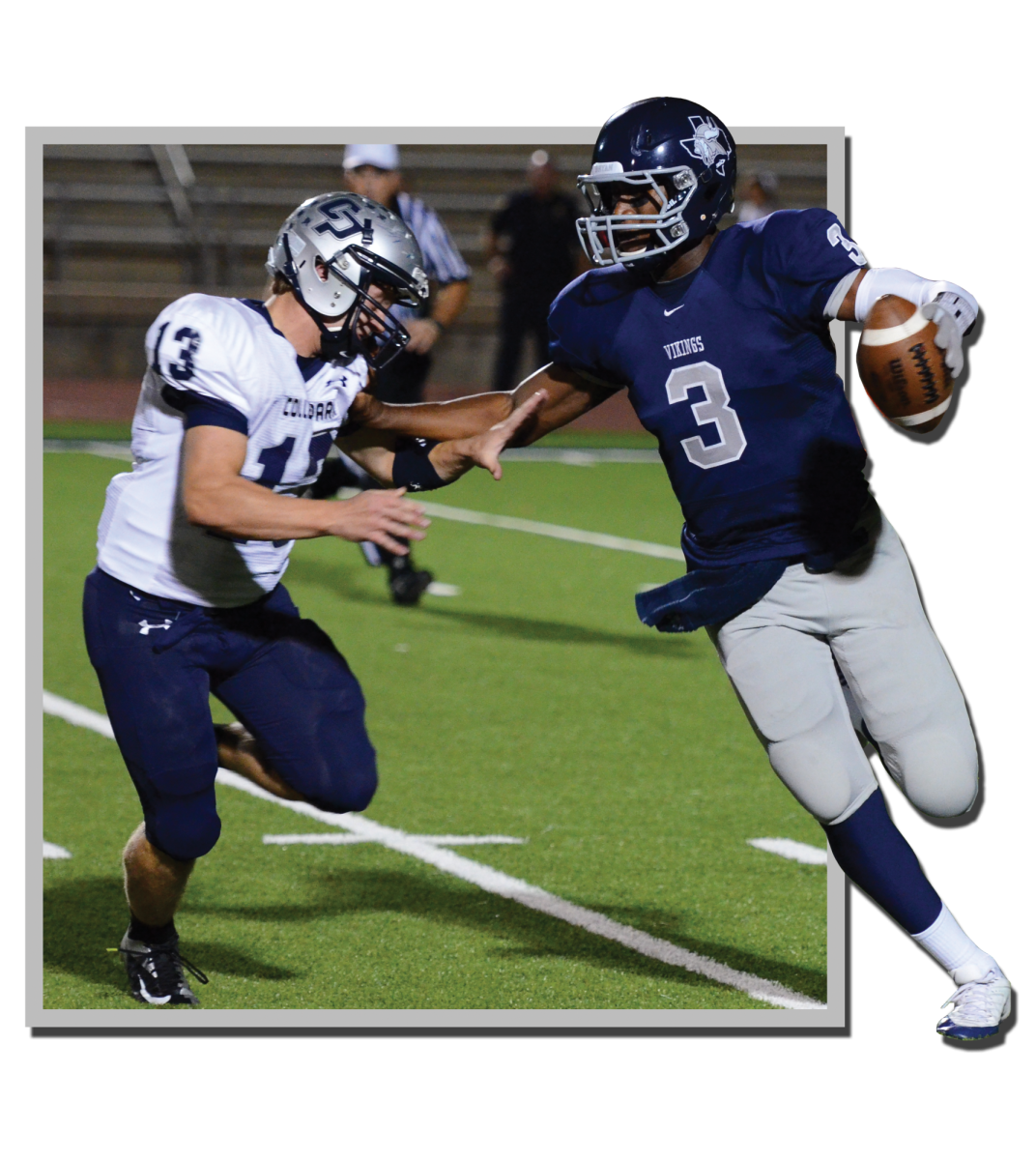Needles, injections, monitoring. The life of some student athletes revolves around these things as they struggle to maintain normally while dealing with the highs and lows, but most athletes learn to adjust.
Students dealing with diabetes on a daily basis must take extra precautions when they are athletes. Senior cheerleader Kendall DeWitt understands the severity of the diabetes all too well as she faced complications last summer during cheer camp.
“I started feeling sick on the trip to camp,” Kendall said, “but didn’t think too much about it other than my blood sugar was a little high so I was taking care of that and assumed the rest was just car sickness. When we got to camp and started practicing I remember feeling sick even hours after arriving in Dallas. I was afraid the coaches wouldn’t understand how bad I felt so I checked my blood sugar and I was relieved it was high which allowed me to sit down for a while, as I tried to bring it down. After I gave myself insulin and waited awhile I checked again only to be shocked that my number was going higher which is usually a sign of something going wrong.”
Later that night Kendall was transported by ambulance and admitted to the hospital where they treated her for Ketoacidosis which is when the body has a lack of insulin and begins breaking down fat in its place causing to buildup of acids in the bloodstream called ketones.
“That night had suddenly gone from just a simple sickness to a life threatening event that wasn’t even close to ending,” Kendall said, “I spent that whole night and the entire next day at the hospital where I received about 12 bags of fluid to help re-hydrate me.”
Kendall was able to recover from the episode and return to the camp the following day.
“I was able to return to camp that evening but it was kind of scary for me because I had just received a huge reminder of how much diabetes impacts my life,” Kendall said, “The whole experience taught me so much about the difference between pushing myself when I was struggling and pushing myself when I was having diabetic problems.”
Kendall learned that she has to pay attention to her limits and listen to her body when it is trying to alert her to something being wrong.
“I wanted to push through it, but I had to teach myself that mentally I wanted to be capable, but physically it wasn’t safe or smart for me to try and cheer,” Kendall said. “I learned how serious I needed to take my health because in the blink of an eye my life could be taken away from me and I didn’t fully understand that until I was put in a position where I had to think about my health before worrying about how I could make it work with cheer.”
Other athletes have experienced the same difficulties when dealing with diabetes while playing sports, but have learned to compensate and continue to pursue the activities they enjoy.
“The main way diabetes has affected me is during the middle of tennis matches,” sophomore Caleb DeLeon said. “I tend to have shaky legs or shaky arms, or sometimes my legs will start hurting a whole lot.”
When Caleb played tennis he also had a safety plan in place to correct his blood sugar levels when they would go too low.
“To make the challenge easier, I usually ate a snack or drank some Gatorade in the middle of a tennis match,” Caleb said. “I felt like I was at a disadvantage because other people don’t have to correct before or after matches.”
Coaches and trainers also prepare for the safety of diabetic students by having procedures in place and medications on hand if they are needed.
“The main thing that we do to prepare for students with diabetes is to make sure we have supplies on hand that can help counteract a diabetic emergency,” head athletic trainer Josh Woodall said. “We have glucometers with test strips so we can always check to see what the students’ blood sugar level is.”
The correcting supplies are not just limited to glucometers to tell how serious the situation is, but the supplies needed to correct and solve the diabetic emergency are at hand as well.
“If their blood sugar is low then we have glucose tablets which are basically just sugar tablets that will help to elevate the blood sugar level and help the student to recover from the situation,” Woodall said. “We also have an emergency action plan in place that helps to ensure the safety of the student. If a student is not recovering from a diabetic emergency the way they should or if it is something more significant than just a drop in blood sugar, then we have a plan in place to get them transported to an emergency facility and have them treated further there.”
Even though coaches and athletic trainers are prepared to handle diabetic episodes, Woodall emphasizes the importance of self awareness and personal health.
“The main thing that students with diabetes can do is always monitor their blood sugar on a regular basis themselves to make sure that their sugar levels are not going high or low,” Woodall said. “One of the biggest mistakes we see is that they eat something that is heavy on their stomach, but the issue with that is you are already going to be burning energy while they’re working out. If they don’t eat and if they don’t have food on their stomach and they don’t have your sugar regulated then you’re going to have that steep drop in blood sugar and it’s going to lead to a diabetic emergency.”

